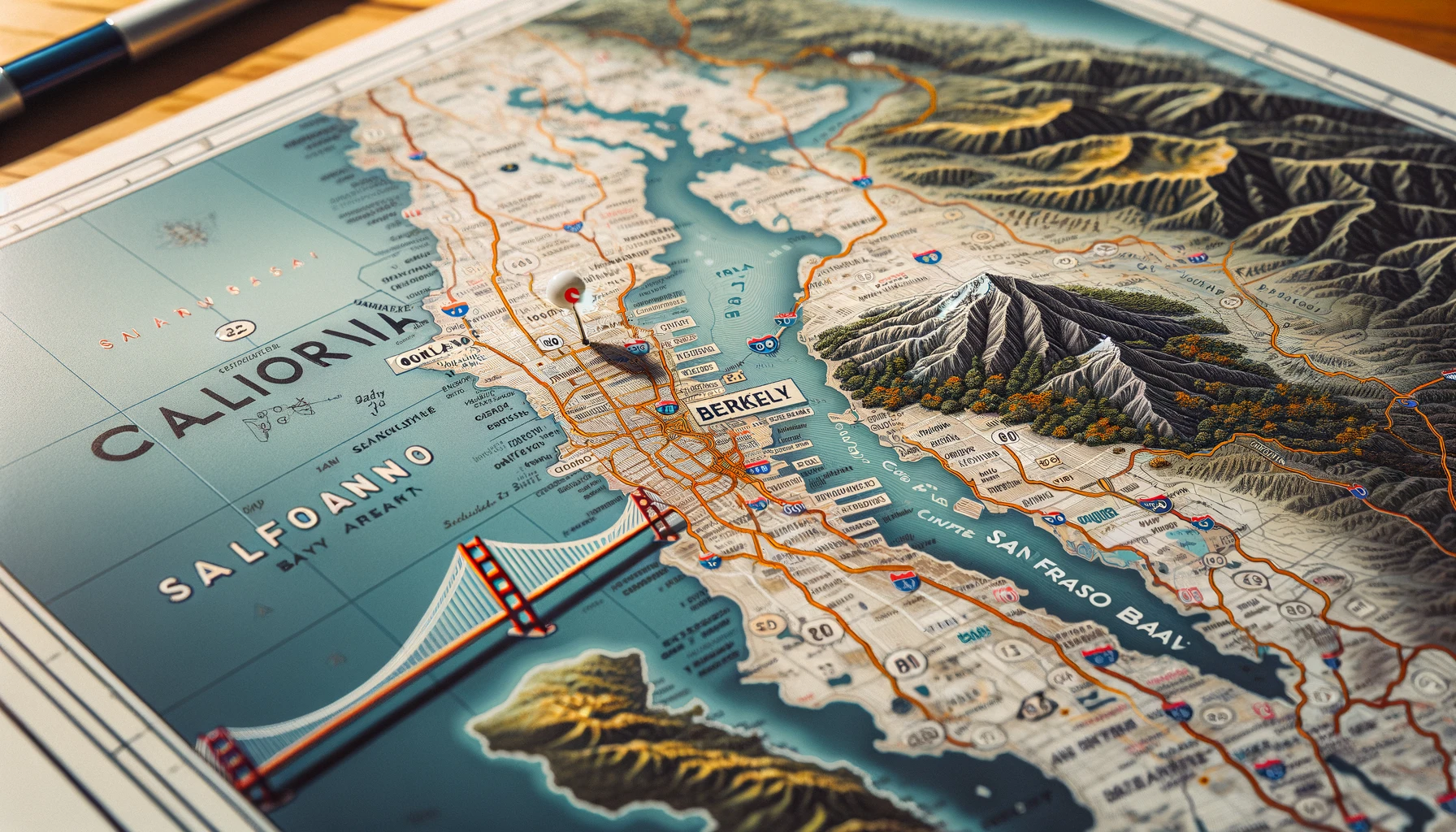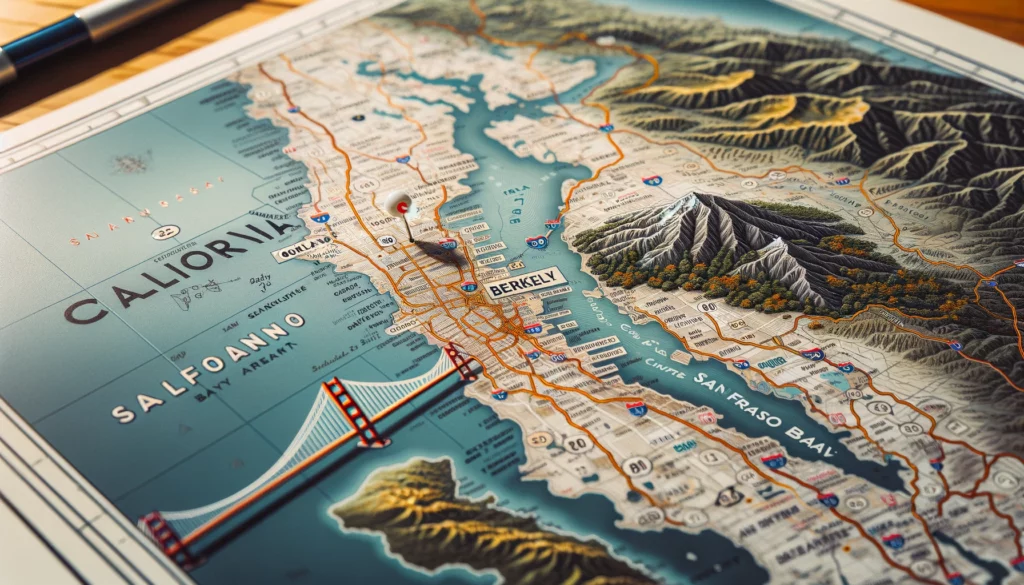Exploring the natural beauty of Anza-Borrego Desert State Park is an adventure of a lifetime. But once you’ve soaked in the mesmerizing landscapes and experienced the exhilarating outdoor activities, you’ll need a place to rest and recharge. In this guide, we’ll dive into the best options for where to stay in Anza-Borrego, covering everything from luxurious resorts to charming campgrounds. Whether you’re seeking comfort, convenience, or a deep connection with nature, there’s a perfect spot for you.
Finding Your Oasis: Where to Stay in Anza-Borrego
Choosing where to stay in Anza-Borrego can greatly enhance your desert experience. Here are some of the top choices that cater to different tastes and budgets:
1. Embrace Luxury at La Casa del Zorro
For those who prefer a touch of elegance in the desert, La Casa del Zorro offers a blend of luxury and tranquility. Nestled in the heart of the Borrego Springs, this resort is a haven for relaxation. With beautifully appointed rooms, private casitas, and a range of amenities including pools, spas, and fine dining, La Casa del Zorro ensures a serene retreat after your desert adventures.
- Highlight: Enjoy the private casitas with personal pools, perfect for a romantic getaway.
- Nearby Attractions: Just a short drive to the famous Borrego Palm Canyon and the intriguing metal sculptures of Galleta Meadows.
2. Experience Charm at Borrego Springs Resort & Spa
Borrego Springs Resort & Spa is another top-notch choice for travelers wondering where to stay in Anza-Borrego. This resort combines rustic charm with modern comforts. The spacious rooms, golf course, and spa services make it an ideal choice for both relaxation and recreation.
- Highlight: Take advantage of the golf course surrounded by stunning desert views.
- Nearby Attractions: Close to the Anza-Borrego Desert Visitor Center, offering insightful exhibits and information about the park.
3. Connect with Nature at Palm Canyon Hotel & RV Resort
If you’re looking to immerse yourself in nature without sacrificing comfort, Palm Canyon Hotel & RV Resort is a perfect pick. This unique property offers themed hotel rooms, RV spots, and even Airstream rentals. It’s a fantastic option for those who want a cozy, rustic experience with all the modern conveniences.
- Highlight: Enjoy a stay in an iconic Airstream or vintage RV for a nostalgic adventure.
- Nearby Attractions: Located near the trailhead for the popular Palm Canyon hike, leading to a lush oasis.
Exploring Unique Accommodations in Anza-Borrego
When it comes to where to stay in Anza-Borrego, the options are as diverse as the landscape itself. Whether you’re seeking luxury, comfort, or a rugged experience under the stars, there’s something for everyone.
1. Cozy up at The Springs at Borrego RV Resort and Golf Course
The Springs at Borrego is a top-rated RV resort offering full-hookup sites and a variety of amenities, including a golf course and mineral baths. It’s a great choice for those traveling with an RV or looking to rent one locally.
- Highlight: Relax in the mineral baths after a day of exploring the desert.
- Nearby Attractions: Perfectly situated for stargazing, with Borrego Springs recognized as an International Dark Sky Community.
2. Camp under the Stars at Anza-Borrego Desert State Park Campgrounds
For a truly immersive desert experience, camping in Anza-Borrego Desert State Park is unbeatable. The park offers several campgrounds, ranging from developed sites with amenities to primitive spots for a more rugged adventure. This is ideal for those who want to be close to nature and enjoy the breathtaking night skies.
- Highlight: Primitive campsites offer a secluded and authentic desert experience.
- Nearby Attractions: All major trails and attractions within the park are easily accessible from these campgrounds.
3. Enjoy the Boutique Experience at Borrego Valley Inn
Borrego Valley Inn provides a boutique lodging experience with Southwestern charm. This adults-only inn is known for its peaceful atmosphere, personalized service, and beautiful desert gardens. It’s perfect for couples or solo travelers looking for a quiet retreat.
- Highlight: Relax in the cozy, uniquely decorated rooms with private patios.
- Nearby Attractions: Close to the downtown area of Borrego Springs, where you can find quaint shops and cafes.
Budget-Friendly Stays in Anza-Borrego
If you’re planning your visit on a budget, there are plenty of affordable options where to stay in Anza-Borrego that don’t compromise on comfort or convenience.
1. Get Cozy at Stanlunds Inn and Suites
Stanlunds Inn and Suites is a budget-friendly choice that offers comfortable accommodations with a homely feel. It’s conveniently located near the town center and provides easy access to the park’s attractions.
- Highlight: Spacious suites with kitchenettes for a home-away-from-home experience.
- Nearby Attractions: Within walking distance of local restaurants and shops in Borrego Springs.
2. Camp in Style at Ocotillo Wells SVRA
For those who love off-road adventures, Ocotillo Wells State Vehicular Recreation Area is a great spot. This area offers free camping and is a hub for off-road enthusiasts. Bring your ATV or dirt bike and enjoy the thrill of the desert.
- Highlight: Free camping and direct access to extensive off-road trails.
- Nearby Attractions: Close to popular off-roading sites like Pumpkin Patch and Gas Domes.
3. Stay at Borrego Springs Motel
A no-frills option, Borrego Springs Motel provides clean, basic accommodations at a very affordable rate. It’s ideal for those who spend most of their time exploring and just need a simple place to sleep.
- Highlight: Budget-friendly rates and a central location in Borrego Springs.
- Nearby Attractions: Easily access the town’s amenities and a short drive to the park’s entrances.
Tips for Choosing the Best Place to Stay
When deciding where to stay in Anza-Borrego, consider the following tips to make the most of your visit:
- Location: Choose accommodations that are close to the activities and attractions you plan to explore.
- Budget: Determine your budget beforehand and look for options that fit within your range.
- Amenities: Consider what amenities are important to you, such as Wi-Fi, pools, or kitchen facilities.
- Experience: Think about the type of experience you want—whether it’s a luxurious retreat, a rustic adventure, or something in between.
Conclusion
Finding the perfect spot where to stay in Anza-Borrego is key to enjoying all that this unique desert destination has to offer. Whether you’re seeking luxury, adventure, or a simple place to rest, Anza-Borrego provides a variety of accommodations to suit every traveler. By considering your needs and preferences, you can choose a place that will enhance your desert adventure and provide the perfect retreat after a day of exploration.













